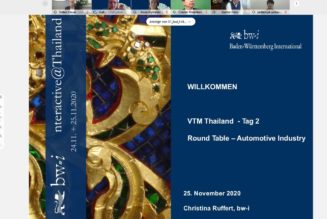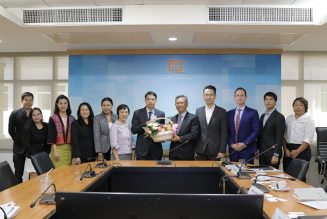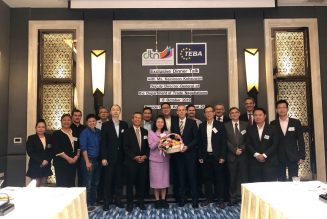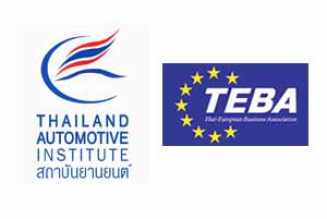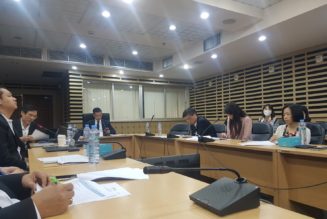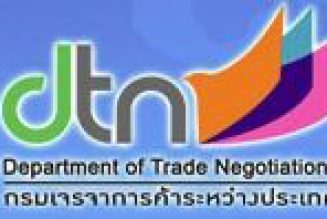On 11 April, TEBA facilitated a group of its members to visit the Department of Foreign Trade (DFT) at the Ministry of Commerce to gain clarification of the issues surrounding the ATIGA (the ASEAN Trade in Good Agreement) and to present member thoughts on the way the policy is implemented.
The specific part of ATIGA that was of most concern was related to the need to exceed 40 percent regional content and the way in which local content was determined. A concern was that the way Thai authorities determine what is included as local content was inconsistent with and stricter than the way the authorities of other ASEAN countries worked. In fact, the strictness of the local content determination was in excess of what is specified in the ATIGA agreement. This was considered as disadvantaging Thai manufacturers compared to manufacturers in other ASEAN countries.
Specifically, discussions were had relating to self-produced components and locally-procured materials and how they can be considered for reaching the requirement of 40 percent regional content.
Article 29 of ATIGA states that:
Locally-procured materials produced by established licensed manufacturers, in compliance with domestic regulations, shall be deemed to have fulfilled the origin requirement of this Agreement; locally-procured materials from other sources shall be subjected to the origin verification pursuant to Article 57 for the purpose of origin determination.
The Department of Foreign Trade mentioned that in practice they will not check whether each and every component meets the 40 percent requirement and will rely on the manufacturer’s confirmation.
However, the manufacturer should be able to back up its claim with origin declarations from the manufacturer’s various suppliers that the parts were manufactured beyond minimal processing and have more than 40 percent local content.
In the case of a component that does not meet the 40 percent requirement, but does have greater than 20 percent regional content, then the regional content of such component can be included in the overall regional content of the final product, but only to the actual percentage of regional content that such component displays. Whereas, other locally-produced components with over 40 percent regional content can be included as if they are made from 100 percent regional content.
Other procedural issues were discussed related to 3rd-party invoicing.

